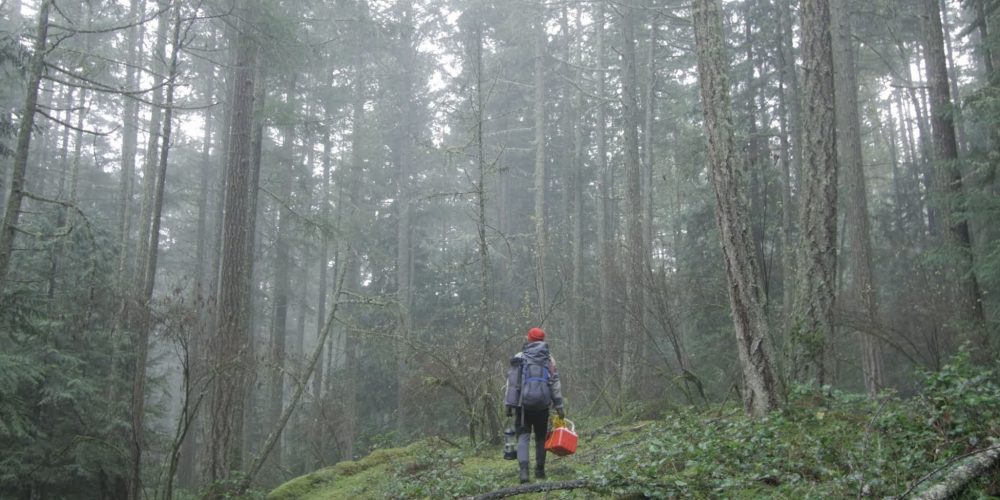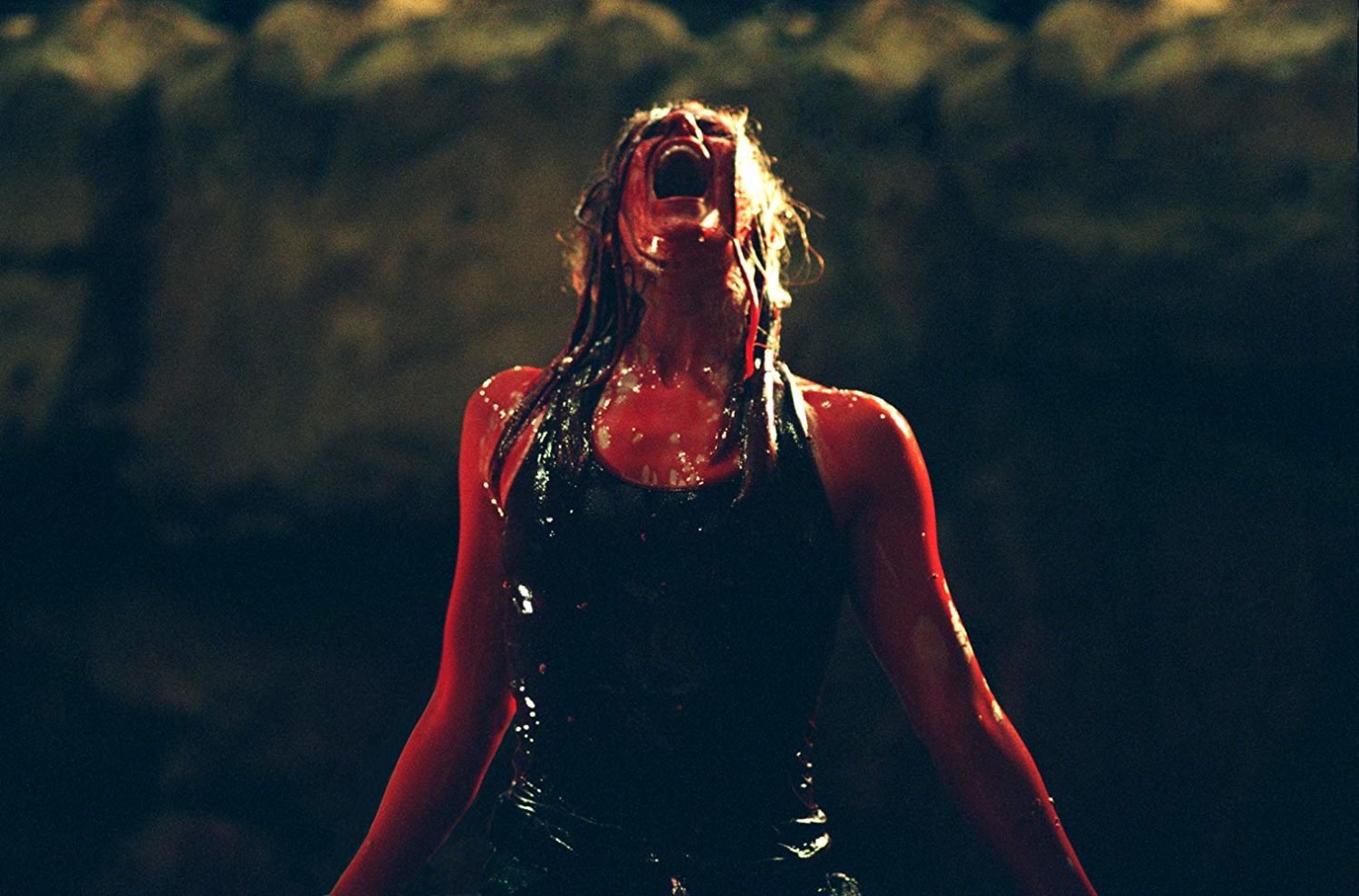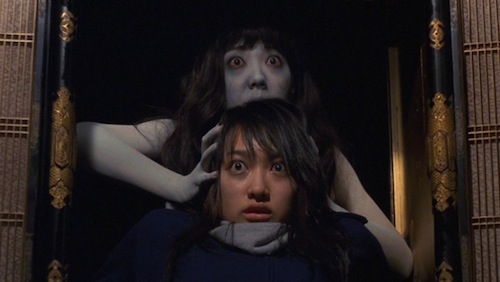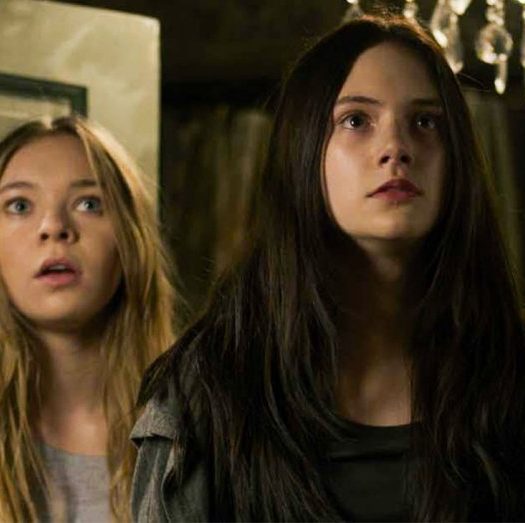As a theme, isolation covers a broad spectrum of horrors. From films like The Descent – that focus on the mental and physical strain of being stranded and alone – to the terrors of feeling isolated in your own community – as seen in Jacob’s Ladder – our fear of being helpless is the backbone of horror.
Much in the way that cultural history influences the themes of horror films, there are distinct differences between how isolation is explored across different countries.

In France, a collective of filmmakers began a challenging subgenre of horror, later coined the New French Extremity. The rise of right-wing extremism and riots consolidated with the country’s long history of civil unrest and national trauma, creating a tension that filmmakers drove into their projects.
As a genre, New French Extremity is full of churning psychosis, brutal violence, and savage sexuality. The transgressive movement comes from a rich history of influences – tracing back from artists like the Marquis de Sade and Antonin Artaud’s “Theatre of Cruelty,” right through to Jean-Luc Godard. These influences were fueled with an electric charge from France’s political climate.
The idea of invasion and defeat is well known to France: they were invaded during the War of the Austrian Succession in 1746, the French Revolutionary Wars in 1794 and 1795, the 1813 War of the Sixth Coalition, and the Hundred Days in 1815. In 1870 France suffered defeat in the Franco-Prussian War, leading to the capture of Emperor Napoleon III. Paris rebelled in 1871, ending in the “bloody week” in which 20,000 Communards were killed or executed. An estimated 1,697,800 French soldiers and civilians died during WWI, before the occupation of France by German soldiers in WWII.
Along with the idea of invasion, New French Extremity uses isolation as a major component, dragging its protagonists through the muck to find a bleak release. The new wave films Calvaire, Frontière(s), and Sheitan take the protagonists into a strange place of false comfort, far from any source of help. Similarly, Martyrs isolates its heroine physically and mentally with rather extreme results. Ils, A L’Interieur, and Haute Tension all feature a violent intrusion – an attack on the security of their victims’ homes – leaving their protagonists trapped and isolated.
This invasion as isolation is particularly effective because we feel that breach of trust, the knowledge that this “safe space” could (and often will) be the place our heroes die. The threat of New French Extremity comes from within, but it’s always deeply, disturbingly human.

American isolation, likewise, has a focus on internal threats, which is not exactly surprising. As a country (and as I’ve previously discussed), America has a long history of tightly focused trauma and turmoil: the massacre of the Indigenous population, slavery, the Civil War, Prohibition, the Vietnam War, the Cold War, the Red Scare, the Salem Witch Trials, assassinations, volatile cults, the Civil Rights movement, Jim Crow segregation and the KKK, the LA riots and police brutality, mass shootings, school shootings, rampant sexual assault (against men, women, and children)… the list goes on.
Obviously, there’s a lot to unpack there, but it’s worth noting that a lot of these examples come from within America’s own borders. Distrust has developed and grown over time and is reflected in the paranoia, isolation, and human violence shown in American horror cinema. Conceptually, evil is among us and can rise at any time.
Isolation horror films like The Thing, Devil, The Mist, Alien, and 10 Cloverfield Lane do provide an external catalyst, but there’s a very real danger that comes from human paranoia, possession, and deception. The Shining, Saw, You’re Next, Hush, and The Hills Have Eyes all explore the concept of a human threat that serves a distinct, insidious purpose. But there’s another kind of isolation horror that’s prominent in American cinema: isolation in plain sight.
This particular breed of film shows a protagonist that is isolated by their own experience. In It Follows, Jay is stalked by a tormentor that only she can see, isolating her in her terror. Child’s Play and A Nightmare on Elm Street both see protagonists that are unable to receive help because of their age and the outlandish nature of their situation – no one believes them until it’s too late.
Examples continue with Jacob’s Ladder – in which an army veteran suffers through disturbing experiences and horrific apparitions – and Rosemary’s Baby – which follows a young soon-to-be mother who fears that a Satanic coven has sinister plans for her baby. Rosemary becomes increasingly paranoid while those around her try to convince her that there’s nothing wrong.
Furthermore, we can trace back broader themes of isolation to the fears that we experience in a rural setting – the feeling of being unprotected and cut off from external help. These concerns combined with the fear of “the other” blend into some compelling slasher and home invasion films, which prey on the American ideal that you need to take your safety “into your own hands.”

In Canada, the dangers that can be found in the wilderness take a more prominent role. The Great White North puts a heavy focus on the unknown and how it can affect us. Themes of isolation and madness (developed from Canadian literary traditions) are seen in Black Mountain Side, The Void, Cube, Grave Encounters, Man Vs, and The Interior, putting our personal safety and sanity in the hands of our environment — both natural and man-made.
Britain also deals with a direct external threat – born from the unknown – but they have a much more hands-on approach.
Conventionally, British horror is rooted in gothic iconography and storytelling traditions — fog shrouded settings, ghostly echoes, and crumbling castles. But even the gothic “gore-fests” of Hammer Horror portrayed complex societal anxieties.
In the “Urban Wyrd” subgenre of British horror, the dangerous and dehumanizing effects of the Industrial Revolution on the lower class emphasize the hidden seams of strangeness in urban environments. The focus on a palpable dread and the possibility for unsuspecting violence in the midst of civilization are key factors; a sudden isolation in this normally bustling environment takes on a dramatically eerie tone, as seen in Creep (2004) and 28 Days Later.
Removing this lived-in environment seems to take away a layer of accustomed familiarity. British isolation feels truly remote, placing its protagonists in a strange and open place where anything can happen. In Dog Soldiers, In Fear, The Ritual, and The Descent, there’s nowhere to run to – no comforts in sight. The isolation feels so oppressive because there’s no trustworthy place to hide.

Obviously, this is just scraping the surface of this topic; there are many other examples of isolation horror (and isolation in plain sight) across different cultures (such as Uruguay’s La Casa Muda, Spain’s [REC], Australia’s Killing Ground, Japan’s Pulse, etc).
Isolation is effective as a theme because of the opportunities it creates. No help can be found, no one can be trusted, and there is no relief in sight. It’s terrifying to encounter a scenario where you are truly and deeply on your own in the midst of unspeakable horrors. Isolation can provide a glimmer of hope in the form of a passing car or a distant neighbor, or it can be impossibly bleak.
Real fear – true terror – is an exercise in isolation; it grips you tight and tears you away from comfort and security. But the false fear we get from watching a horror movie can be a very positive thing. We all react to different triggers in different ways, making the very experience of watching a horror film truly personal — like a secret you get to physically feel.
Perhaps this is why we relate to horror so deeply. It creates a unique empathy that allows us to release our own anxieties. And in the process, maybe we feel a little less alone.
































April 12, 2019
[…] A Quiet Place is most clearly a horror, specifically what has been called Isolation Horror. […]
September 29, 2019
[…] the full article at Modern Horrors, published March 24, […]